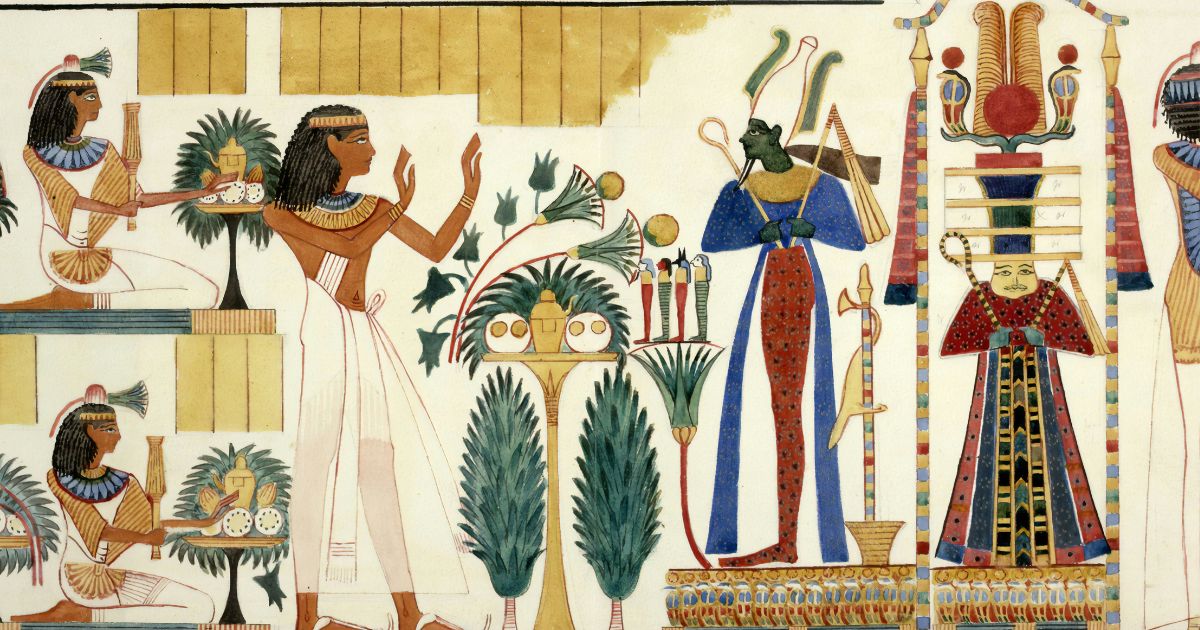Egypt on 4th October opened a tomb of a pharaoh for visitors after more than two decades of renovation in the southern city of Luxor, as it prepares for the official opening of the Grand Egyptian Museum in Cairo.
The massive tomb of Amenhotep III, who ruled ancient Egypt from 1390 B.C. to 1350 B.C., sits on the west side of the legendary Valley of the Kings. It was discovered in 1799 by two individuals and plundered of its contents, including the sarcophagus, Egyptian antiquities authorities reported.
It has been in the midst of a two-decade Japanese-led, three-stage restoration programme involving the remaking of paintings of the pharaoh and his wife on the walls of the tomb, according to Mohamed Ismail, the secretary-general of the Supreme Council of Antiquities.
“It’s a very interesting tomb,” he explained to The Associated Press at the site, adding that it features a framework of the stolen sarcophagus box, with the top in position where it would have been.
The tomb begins with a 36-meter (118-foot)-long, 14-meter (45-foot)-deep, descending passageway under the Valley of the Kings. It has a central burial chamber for the king, and two secondary chambers for his wives, Queens Tiye and Sitamun.
Unlike other tombs that are fully decorated in the valley, the tomb is partially undecorated, said Ismail. Its paintings depict Amenhotep III surrounded by a group of ancient Egyptian gods, and the burial chamber has inscriptions of scenes from the Book of the Dead, which is a group of spells used to guide the dead through the underworld of ancient Egypt.
The mummy of Amenhotep III was relocated by the ancient priests to that of his grandfather, Amenhotep II, in the Valley of the Kings, as per the National Museum of Egyptian Civilization. The mummy that was severely mutilated is exhibited at the museum, along with 16 other mummies belonging to 17 kings and queens of ancient Egypt.
Amenhotep III was among the most notable pharaohs of the 18th Dynasty of ancient Egypt, which ruled from 1550 B.C. to 1292 B.C. He was also known as Amenhotep the Great and came to power as a teenager to reign for as long as 38 years, as reported by the National Museum of Egyptian Civilization.
The reopening of the tomb occurred less than a month before the opening of the official Grand Egyptian Museum by the Giza Pyramids. The museum will open on Nov. 1.
The reopenings are part of an Egyptian campaign to lure more foreign tourists in an attempt to revive the tourism industry, a prime source of foreign income. Tourism, based strongly on Egypt’s abundant pharaonic treasures, experienced a prolonged slump following the political upheavals and bloodshed that erupted after a 2011 revolution.




